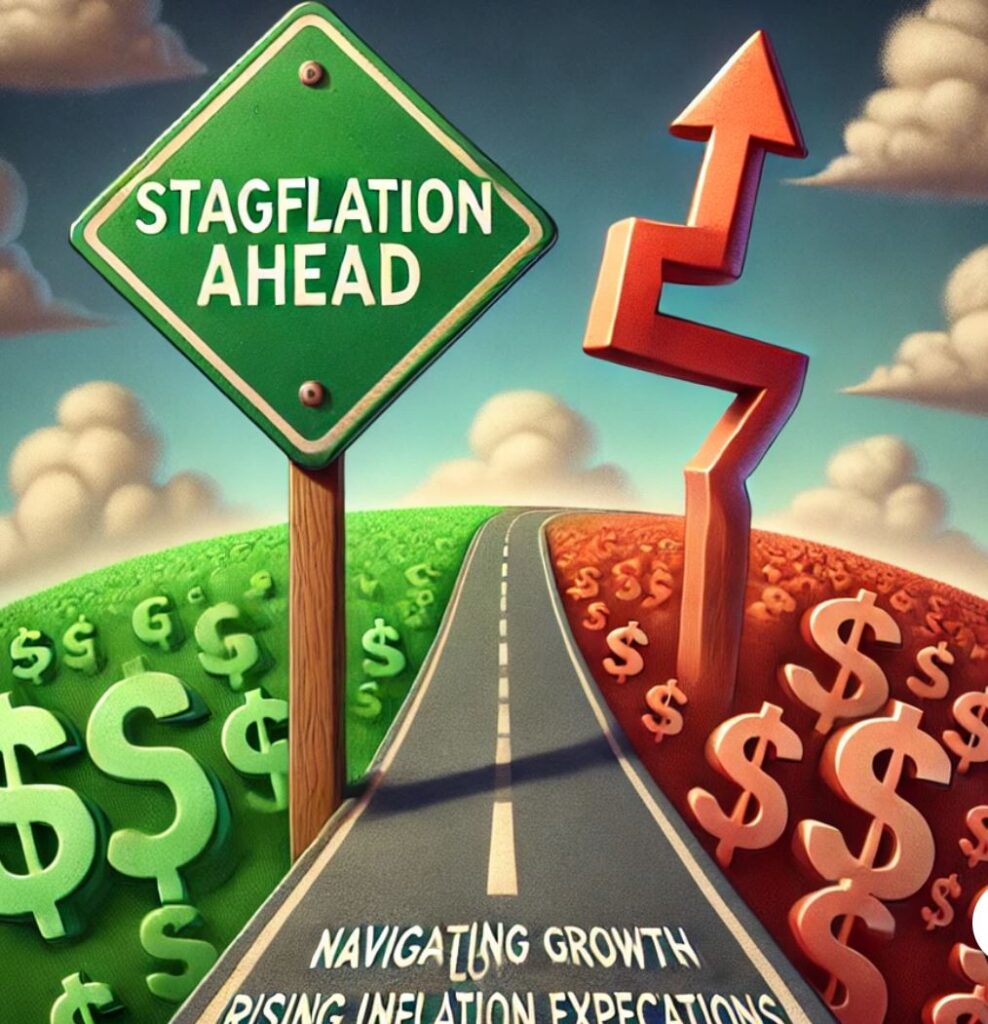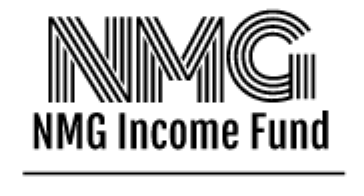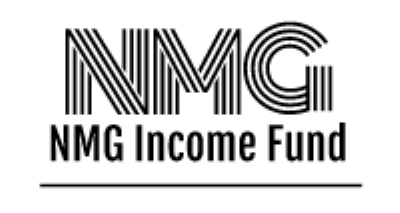Stagflation Ahead: Navigating Low Growth and Rising Inflation Expectations

In light of Federal Reserve Chair Jerome Powell’s recent announcement indicating a downward revision of U.S. economic growth to 1.7% and an upward adjustment of the inflation forecast to 2.7% for this year, investors are increasingly concerned about the potential onset of stagflation—a scenario characterized by sluggish economic growth and elevated inflation.
Constructing a resilient investment portfolio in anticipation of such an economic environment requires strategic diversification and asset selection. Consider the following approaches:
- Commodities and Precious Metals: Assets like gold often serve as effective hedges against inflation. Notably, gold has recently surpassed $3,000, reflecting its appeal during periods of economic uncertainty.
- Inflation-Protected Securities: Investments such as Treasury Inflation-Protected Securities (TIPS) are designed to preserve purchasing power by adjusting returns in line with inflation rates.
- Healthcare and Consumer Staples: Sectors that provide essential goods and services, including healthcare and consumer staples, tend to exhibit resilience during economic downturns. For instance, the Health Care Select Sector SPDR Fund (XLV) has experienced a 6.6% increase year-to-date, driven by factors like the resumption of elective surgeries and pharmaceutical innovations.
- Alternative Investments: Allocating funds to alternative assets such as private equity and hedge funds can offer diversification benefits. Certain hedge fund strategies, particularly those that capitalize on market volatility or employ short-selling techniques, may provide protection when traditional markets underperform.
- International Diversification: Exploring investment opportunities in international markets can further diversify risk. European equities, for example, have shown notable performance, with indices like the EURO STOXX 50 and Germany’s DAX up 18% and nearly 23%, respectively, driven by increased defense spending and fiscal stimulus measures.
By integrating these strategies, investors can better position their portfolios to navigate the challenges of a stagflationary environment, aiming to mitigate risks and capitalize on potential opportunities.

